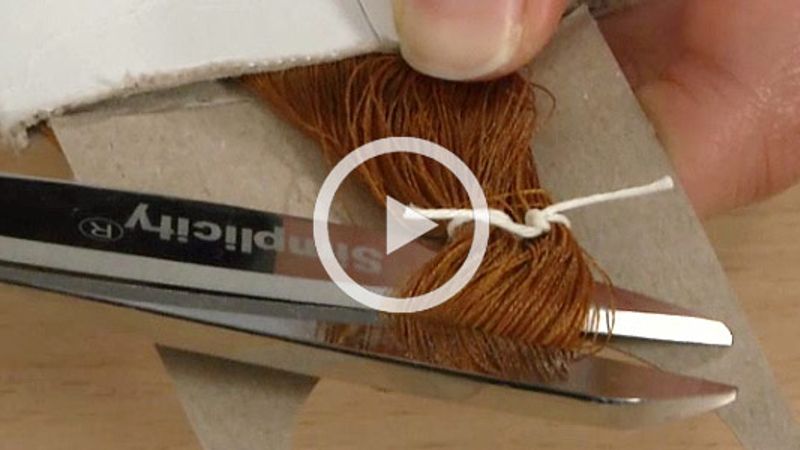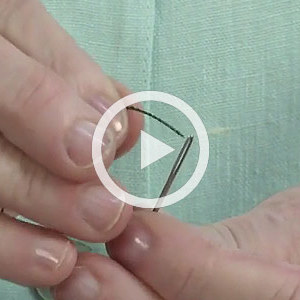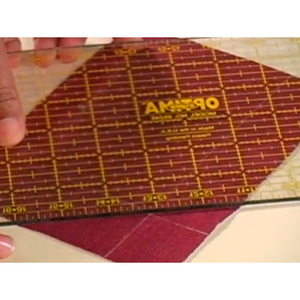
As author Thomas Volkema explains in “Hand-Sew with Silamide,” Threads #174, waxed silamide is a fine tailoring thread that is used mostly for hand sewing and custom alterations. Although silamide bears resemblance to silk thread, it glides effortlessly through fabric without knotting and it rarely puckers.
This strong and smooth thread is ideal for adding hooks and eyes, attaching zippers and buttons, and hand-sewing hems. Watch this quick Threads Essential Techniques video to learn about silamide and its uses.
WHERE DO I FIND IT?
Wawak.com
7Beads.com
FireMountainGems.com
Amazon.com
WardrobeSupplies.com
AmericanSewingSupply.net
Have you ever used silamide thread? If so, what did you sew?
Don’t miss other fabulous techniques by subscribing to Threads or by purchasing the tablet edition today.
































Very interesting thank you
I used to produce hand-dyed, embellished scarves with hand beaded fringework for sale in galleries. Silamide was and is my favorite thread for beading fringe, as it never knotted, resisted splitting, was strong, and resisted fraying from abrasion by the cut glass beads. Great stuff!
Since Silamide is nylon, wouldn't it melt when ironed? Would the wax also melt into the fabric when ironed?
Love. This. Thread. I work as a costumer and waxed silamide is commonly used in the shop. It is a dream to sew with however, be aware that if it is used on something that will be pressed (like a hem), the hot iron can leave behind small wax dots/marks as the wax melts off. Always do a test scrap first.
In response to jayejoyce's questions:
Nylon’s melting point varies depending on how the fiber was made, meaning certain types can withstand more heat than others. After experimenting with waxed silamide, I found that even when I applied my iron (on its highest setting) directly to the thread for a number of seconds, it stayed intact. The one side effect I did notice is that when the thread is exposed to especially high temperatures, it weakens and becomes easier to rip apart. I would, therefore, suggest keeping your iron at a low or moderate heat setting when pressing silamide to preserve its strength.
As for the wax, I didn’t have any problems with it transferring to fabric or the iron when pressing. However, I would listen to DunnWithFlair's advice and test it out on a test piece of fabric first just in case.
I learned about Silamide thread from Al Kirschner in 1982. Al was the menswear tailoring instructor at what is now the school for Apparel Design and Development in Seattle. We used Silamide when shortening suit jackets or narrowing lapels as taught to us in class.
Silamide replaced Hand Silk as the tailors thread of choice for hand stitching when Hand Silk became too costly to produce. Stanley Hostek (Al Kirschner's teacher) refers to the use of Hand Silk in his book on Hand Stitches circa 1975. Hand Stitches can be purchased from my website at JSMTailoringTools.com